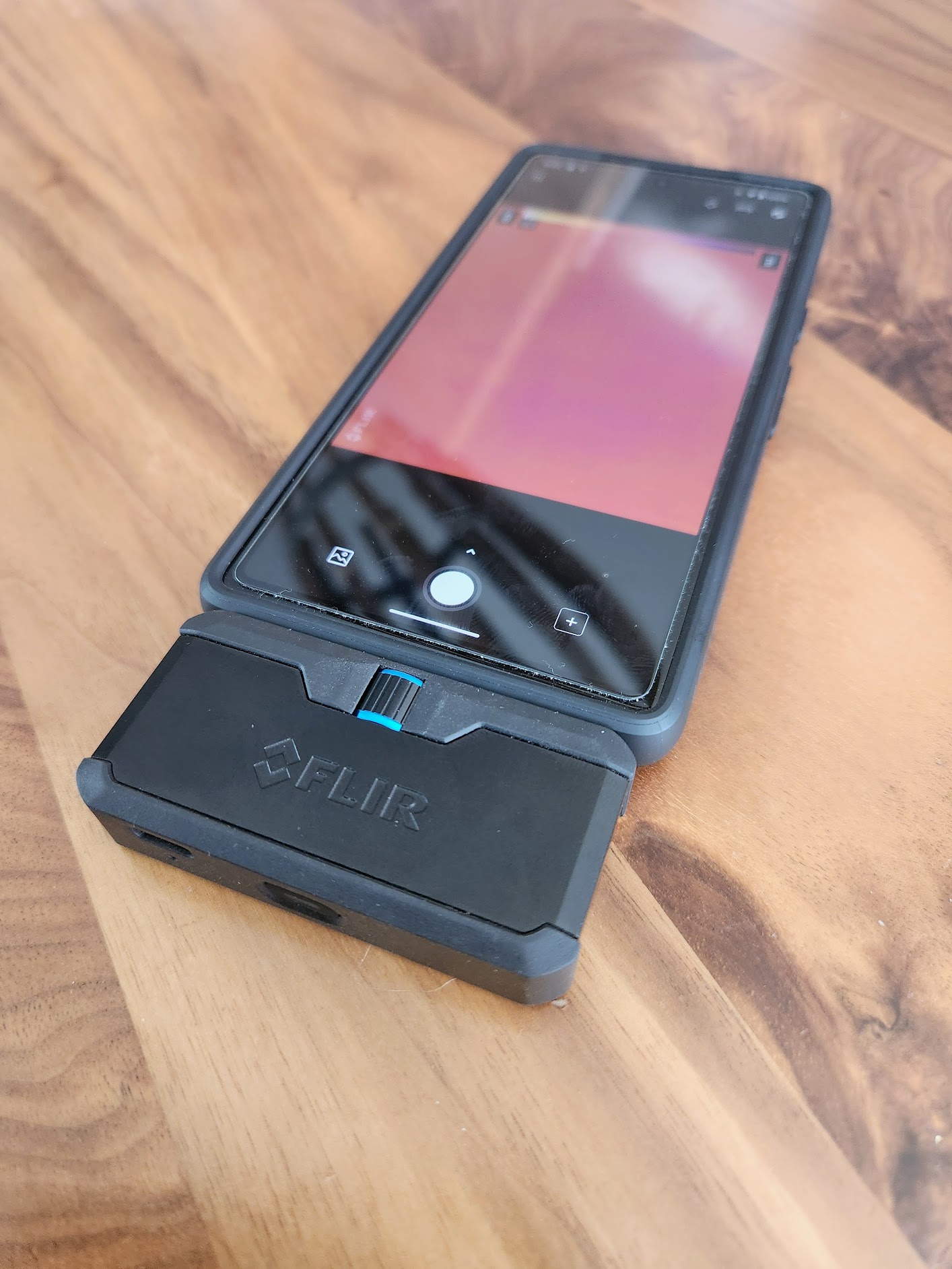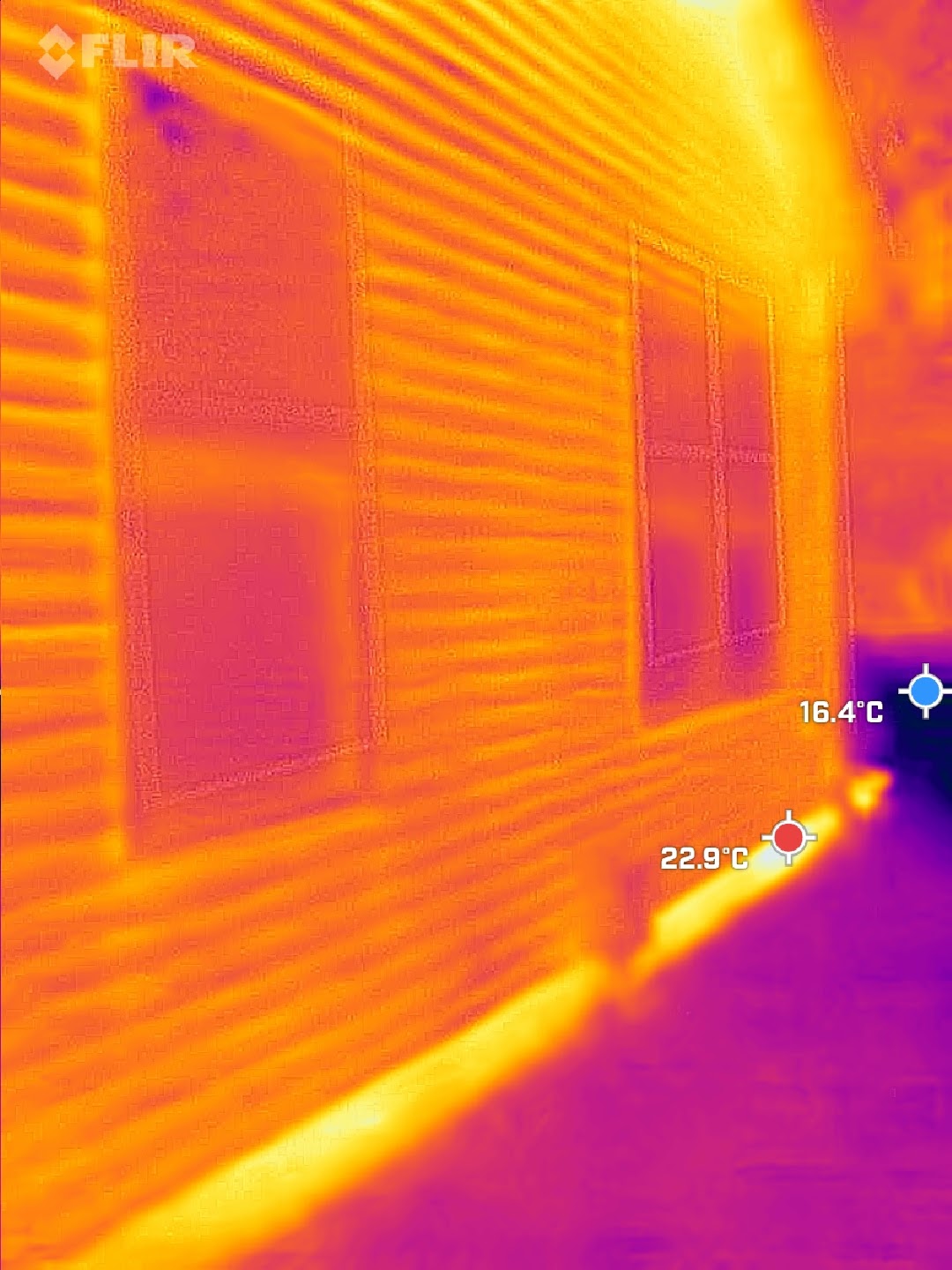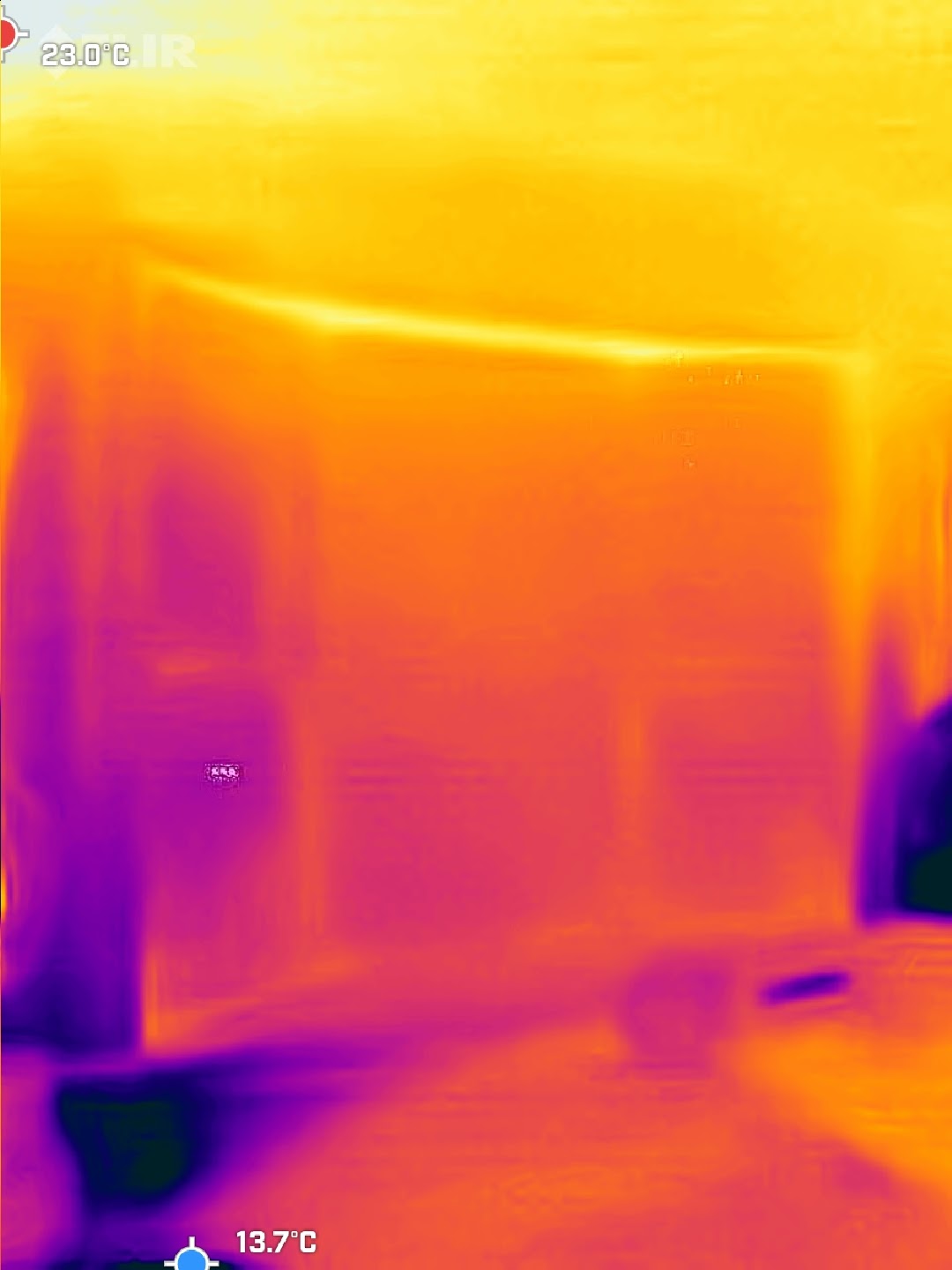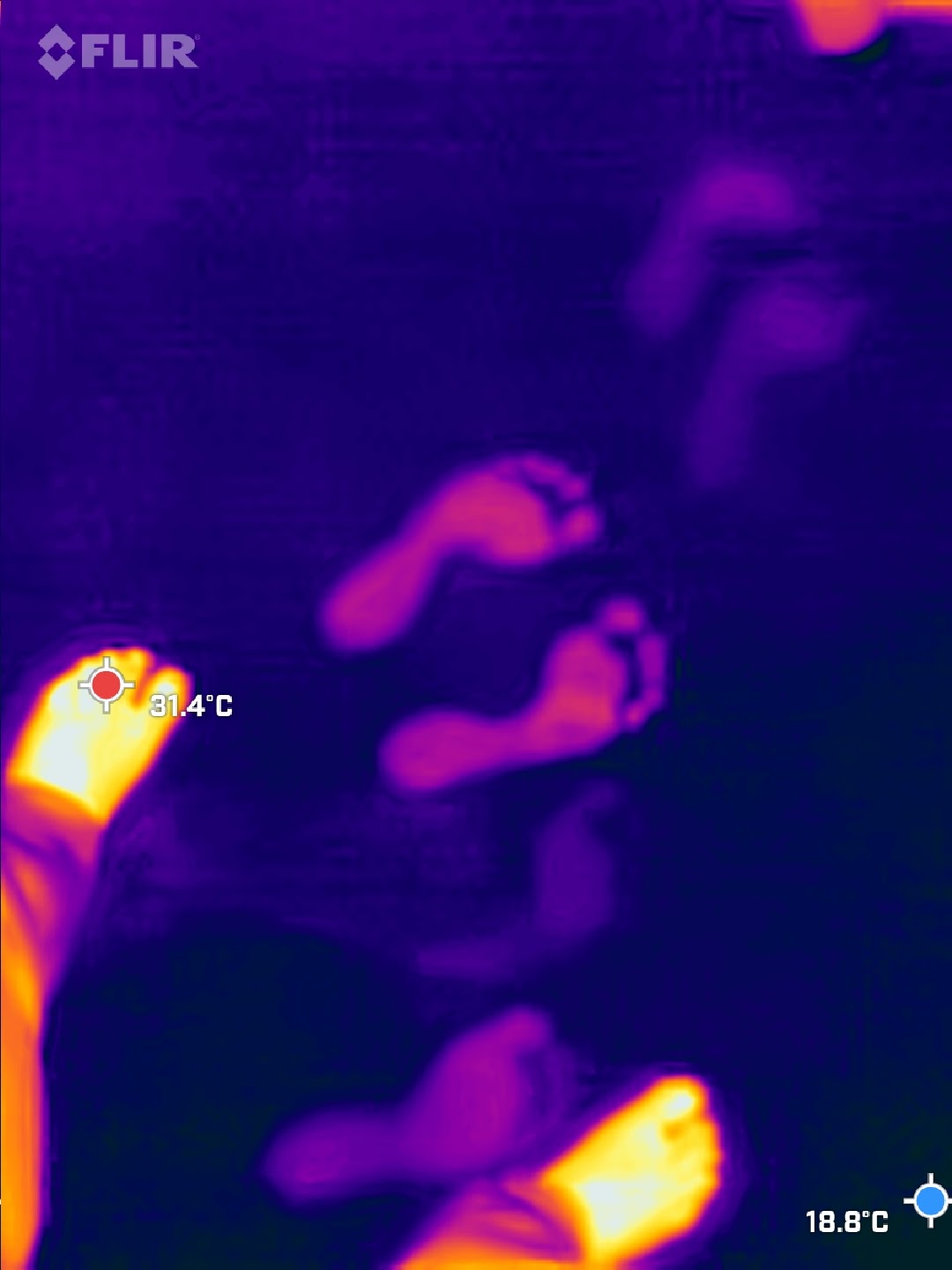The Quest for Efficiency - Unveiling Hidden Energy Secrets with a Dash of IR
In our household, energy is more than just a utility; it’s a way of life. We’ve gone to great lengths to optimize our home, employing a symphony of solar panels, batteries, geothermal systems, and even energy monitoring to keep things in check. But, as they say, the devil is in the details, and I’m on a mission to uncover the hidden secrets that conventional energy monitoring won’t reveal.
I often remind my team that energy is a force that doesn’t just vanish into thin air. Whether we’re monitoring temperatures at our EV chargers to predict potential faults or pondering the idea of dissipating excess energy into a vault of oil to tame its fiery temperament, we understand that energy has to go somewhere.
Requirements
Now, let’s talk about our ten-year-old home and its energy conundrums. The most significant thorn in our side? Leaks! I suspect our prime culprits are the windows and insulation, but I’m not one to make assumptions without hard evidence. These upgrades are no small investment, and I want to make sure they hit the bullseye.
Forward-looking infrared (FLIR)
That’s where my trusty forward-looking infrared (FLIR) skills come into play. In a past life, I wielded thermal imaging like a pro, spotting hidden anomalies and inefficiencies with ease. While mounting a Star SAFIRE 380-HD to my trusty four-wheeler is but a dream, I set out on a quest for a more practical solution, given that professional energy audits can be quite pricey.
Enter the Android FLIR ONE Pro, a nifty gadget I snagged on eBay without breaking the bank. It might not be as flashy as my previous gear, but it’s hackable, and that’s a win in my book.
Now, let’s get to the good stuff – the findings
- Our windows are indeed energy escape artists, with our dining room bay window taking the cake. Those solar panels we installed? They get pretty toasty but earn their keep by soaking up some of our thermal issues.
- Our door trim? Well, it’s seen better days and needs some TLC. Surprisingly, our garage, where we charge and warm up our EVs, is different from the energy haven I thought it was. While it doesn’t necessarily send our home energy bill into a tailspin, it does impact our EVs’ efficiency, especially during chilly winters.
- And speaking of efficiency, our trusty shutters (or blinds, as some call them) are doing a bang-up job at maintaining consistent temperatures inside. I was on the fence about upgrading them, but it seems more pressing matters are at hand.
Can you use this mobile device on Linux?
But wait, there’s more! For the Linux enthusiasts out there, fear not. You can put that Android FLIR ONE Pro to work on your beloved operating system. The open-source community has your back, with some nifty code available on GitHub to make it all happen.
Given the v4l subsystem and the unit is USB-C, it should be futureproofed to some degree, even if the mobile application is abandoned, which is a guarantee.
Closing Thoughts
Energy may be elusive, but with a dash of curiosity, some affordable tech, and a hint of Linux magic, there’s no secret it can keep from us. Happy energy hunting! 🌟🔍







